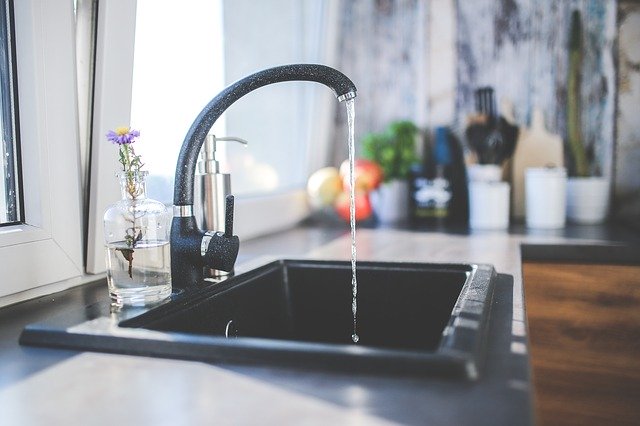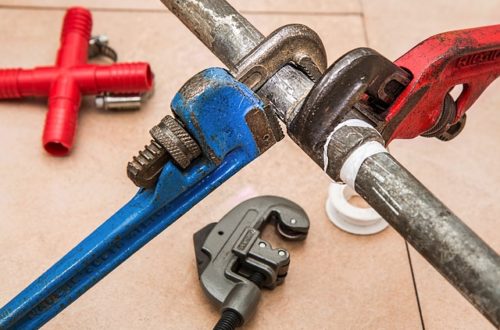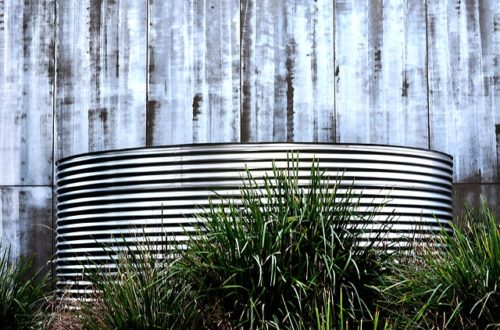How Can You Remove Lead From Your Water at Home?

Drinking any amount of lead in your water is very dangerous, especially for little children that are at the developmental stage of life. If you find lead in drinking water, you need to take immediate action. This action should be the determination of the amount of lead in the water. Flushing the system, using filters, or changing pipes should be the other treatment methods. The following are ways of removing lead from water at home.
Water Treatment Filter
You should make use of a filter or a distiller for a more economical solution to cleansing your water. If you cannot afford or you cannot find reverse osmosis equipment available, there are several types of these filter products available. The filter fits your faucet and is easy to use. Some stills separate lead from your water over time and collect clean water in a designated jug.
Moreover, there are submersible filters. You should make sure it is a filter that is approved by the Water Quality Association for removing lead from the water before making a tangible purchase. A conventional filter may not be enough to remove lead. However, you should buy a tap filter, if you want the convenience of filtering water immediately after it comes out of the tap.
Flushing Pipes
Another method of removing lead is by turning on the cold-water option of your tap. If the water being tested collects only minute amounts of lead from a pipe (less than 15 µg / L), you can remove the Lead by flushing the pipe before using water. When flushing pipes, you ensure the use of only cold-water taps and never hot water taps. Hot water will melt lead and mix it with lead. So if the water contains lead, do not use a hot water tap. Let the water flow for 2 minutes. After flushing with cold water for two minutes, all accumulated lead water should be flushed from the system. Repeat this process for each faucet you want to use. When running water, only the pipes leading to that faucet are flushed. You cannot expect safe water from other taps. Every time you want to drink water, you also need to repeat this process. You should try other methods if it needs a more permanent solution,
Reverse Osmosis
You can as well make use of reverse osmosis equipment for the best results. If the concentration of lead in tap water exceeds 15 µg / L, a ready-to-use treatment solution may be required. There are many options, but reverse osmosis equipment is usually the most effective point-of-use processing solution. Nonetheless, it is also fairly costly to purchase and operate. Reverse osmosis equipment is usually mounted under the water tank and uses tiny membranes to filter out harmful substances such as lead. They also tend to wastewater when treating it, which increases their operating costs. If your water has a lead content well above 15 µg / L, you will definitely consider using reverse osmosis equipment, despite the high price.
Would you like to receive similar articles by email?





